What People Love and Hate About GPT-5: Insights into AI in Recruiting and Beyond
The launch of GPT-5 has stirred a vibrant mix of excitement, skepticism, and debate across the AI community and among general users alike. As one of the most anticipated model releases since GPT-4, GPT-5 promises significant advancements, yet its rollout has revealed a complex landscape of user experiences. In this article, inspired by insights from The AI Daily Brief: Artificial Intelligence News, we will explore the multifaceted reactions to GPT-5, highlight its strengths and limitations, and consider what this means for the future of AI in recruiting and other domains.
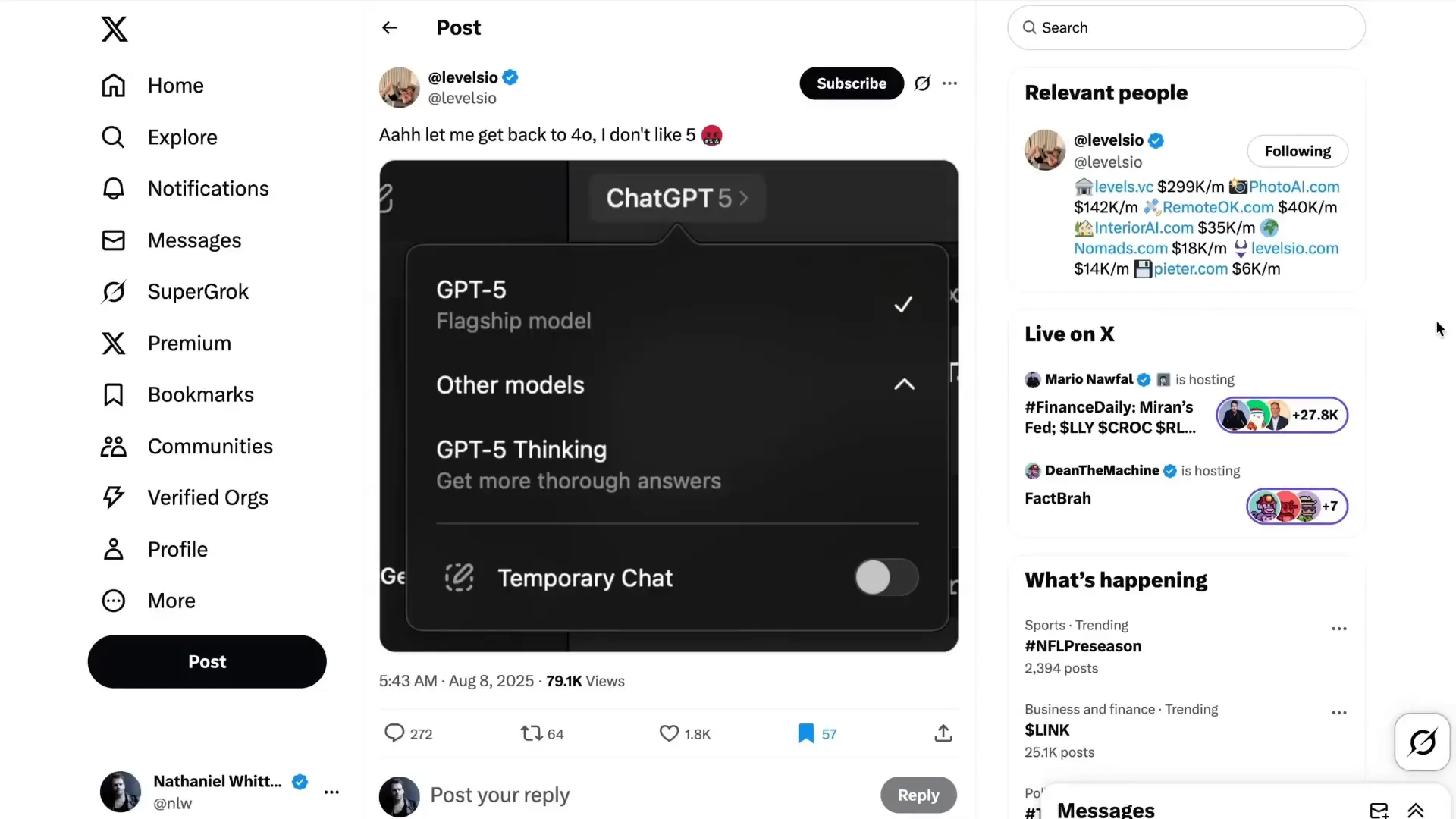
Understanding the Mixed Reactions to GPT-5
It’s almost an iron law of AI releases that the initial wave of feedback tends to spotlight frustrations more than praises, especially when expectations are sky-high. GPT-5, being the “big one” after GPT-4, has certainly followed this pattern. Many users voiced disappointment online, longing for the familiarity and perceived reliability of older models.
One core source of confusion is how OpenAI has structured GPT-5’s architecture. Unlike previous models where users could clearly select a specific version, GPT-5 functions as a meta-model that routes requests to various underlying models based on the complexity or nature of the prompt. While this aims to optimize responses, it also means that sometimes users are interacting with less advanced versions, leading to inconsistent experiences.
“You're likely going to see a lot of very varied results posted online from GPT-5 because it is actually multiple models, some of which are very good and some of which are meh.” – Professor Ethan Malek
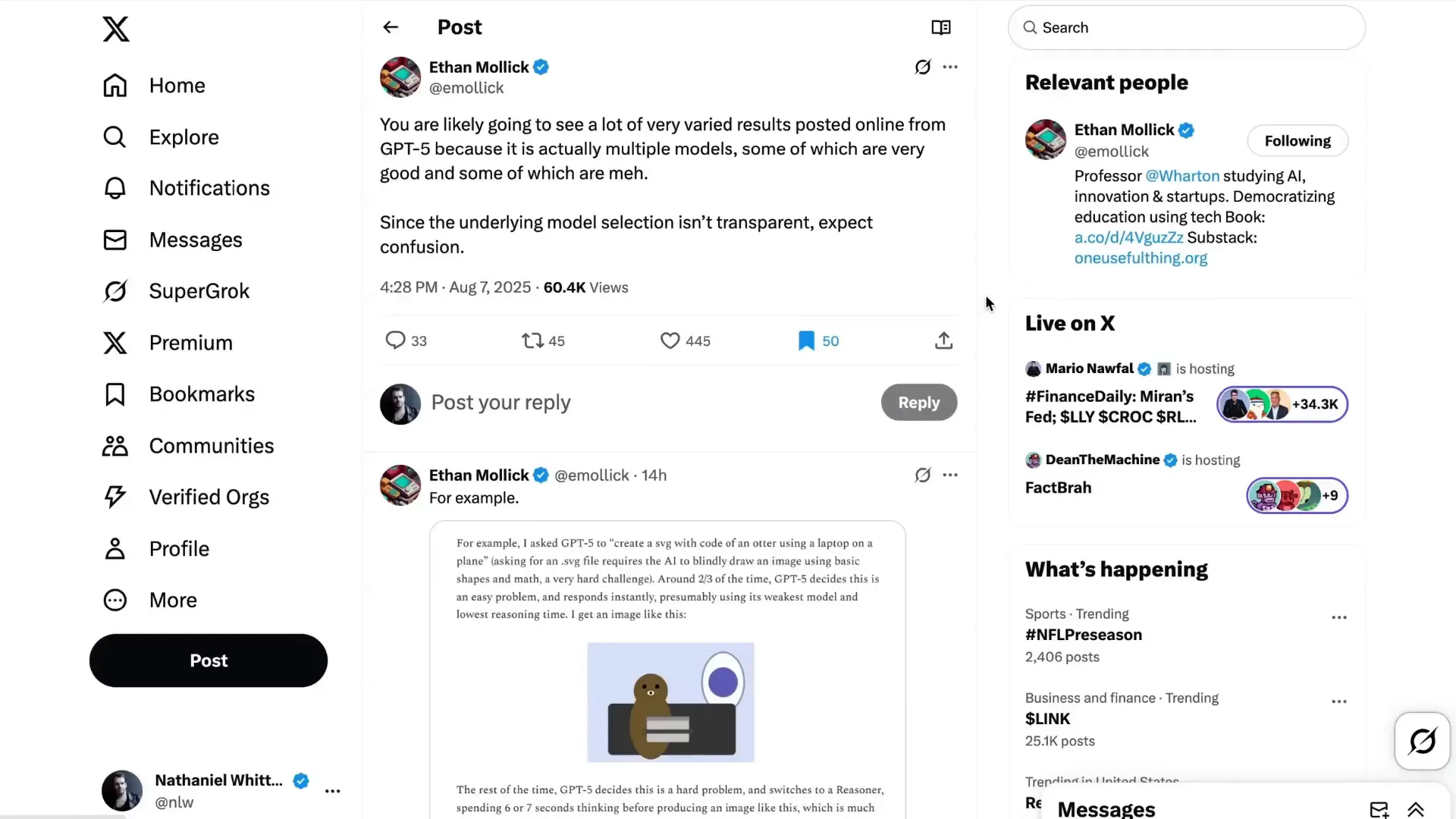
This lack of transparency in model routing has caused confusion and frustration. Users encountering subpar outputs from smaller variants like GPT-5 Nano or Mini often didn’t realize they weren’t interacting with the flagship GPT-5 “Thinking” model. This obfuscation contrasts with the previous approach where users could explicitly choose models like GPT-4 or GPT-3 variants, creating a trade-off between simplicity and user control.
The Trade-Offs of Model Selection and User Experience
OpenAI’s decision to simplify the interface by offering a single GPT-5 option while internally routing to different models has pros and cons. On the one hand, it removes the “model roulette”—the mental bandwidth spent deciding which model to use—making AI more accessible to average users. On the other hand, it alienates power users who valued control and clarity.
For instance, Rune from OpenAI clarified that only the GPT-5 Thinking model contains the real writing improvements. However, the system does not always automatically switch users to this version, requiring manual selection for the best performance. This nuance is not immediately obvious to many users testing the new system.
“Only GPT-5 Thinking has the real writing improvements, and confusingly, it doesn't always auto switch to this, so manually switch and try it.” – Rune, OpenAI
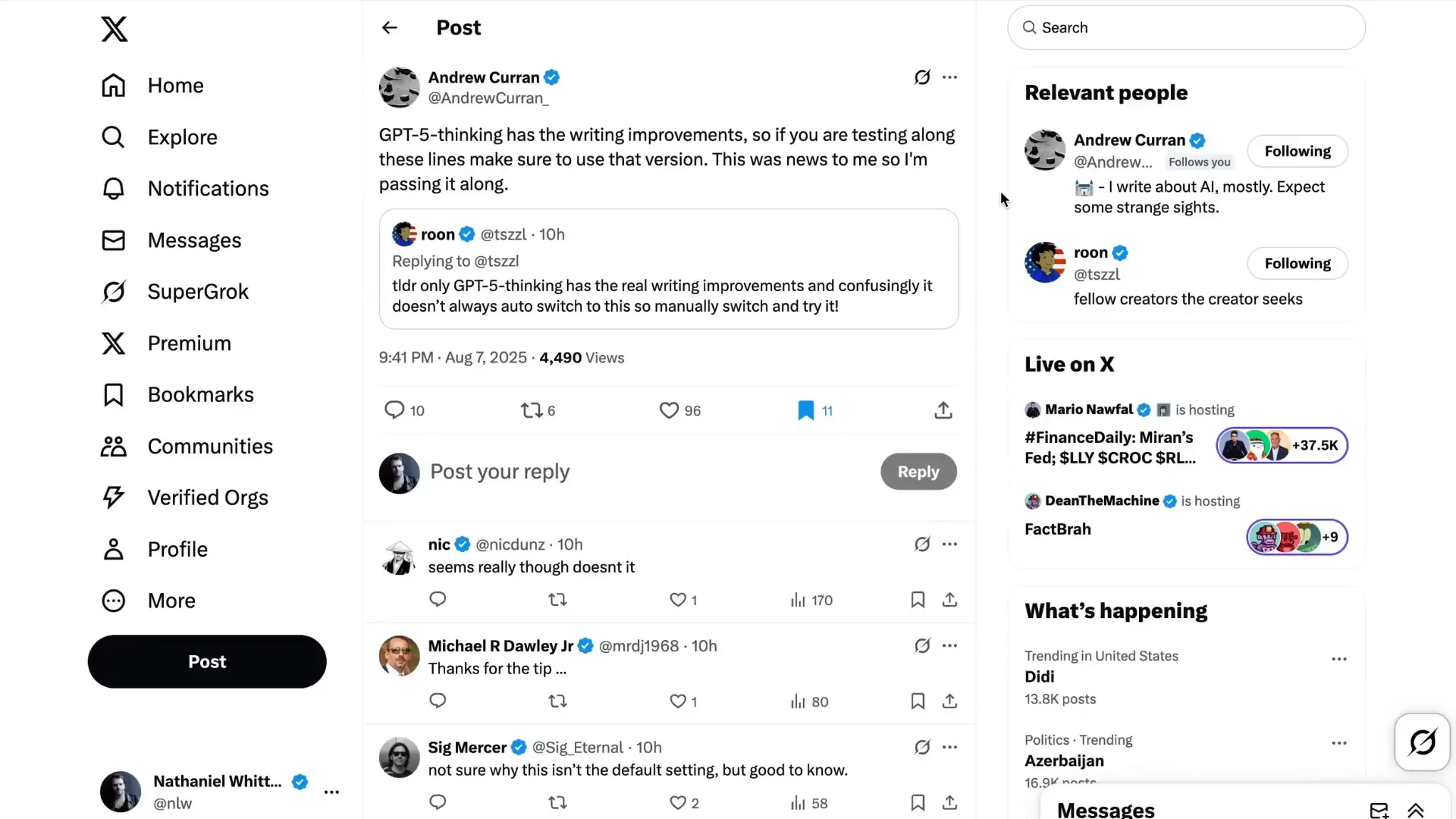
Pricing and availability also emerged as contentious points. Some users, particularly those on the Plus tier, felt “shafted” because they lost reliable access to the advanced “Thinking” models without upgrading to the more expensive $200/month Pro account. This shift has left some loyal users feeling a loss of agency and value.
“ChatGPT literally got worse for every single Plus user today. There's no way to reliably get Thinking models anymore.” – Lisanel Gib
Positive Experiences and the Potential of GPT-5
Despite the vocal critiques, many users are having genuinely positive experiences with GPT-5, particularly those who have explored its capabilities deeply. The improvements in comprehension, reasoning, and fluency are often described as a paradigm shift in conversational AI.
Dan Shipper shared an anecdote about his mother, a devoted ChatGPT user, who found GPT-5’s answers far more comprehensive and readable than before, calling the model “gold.” This highlights how GPT-5 can elevate the user experience for everyday consumers by providing clearer, more coherent, and contextually rich responses.
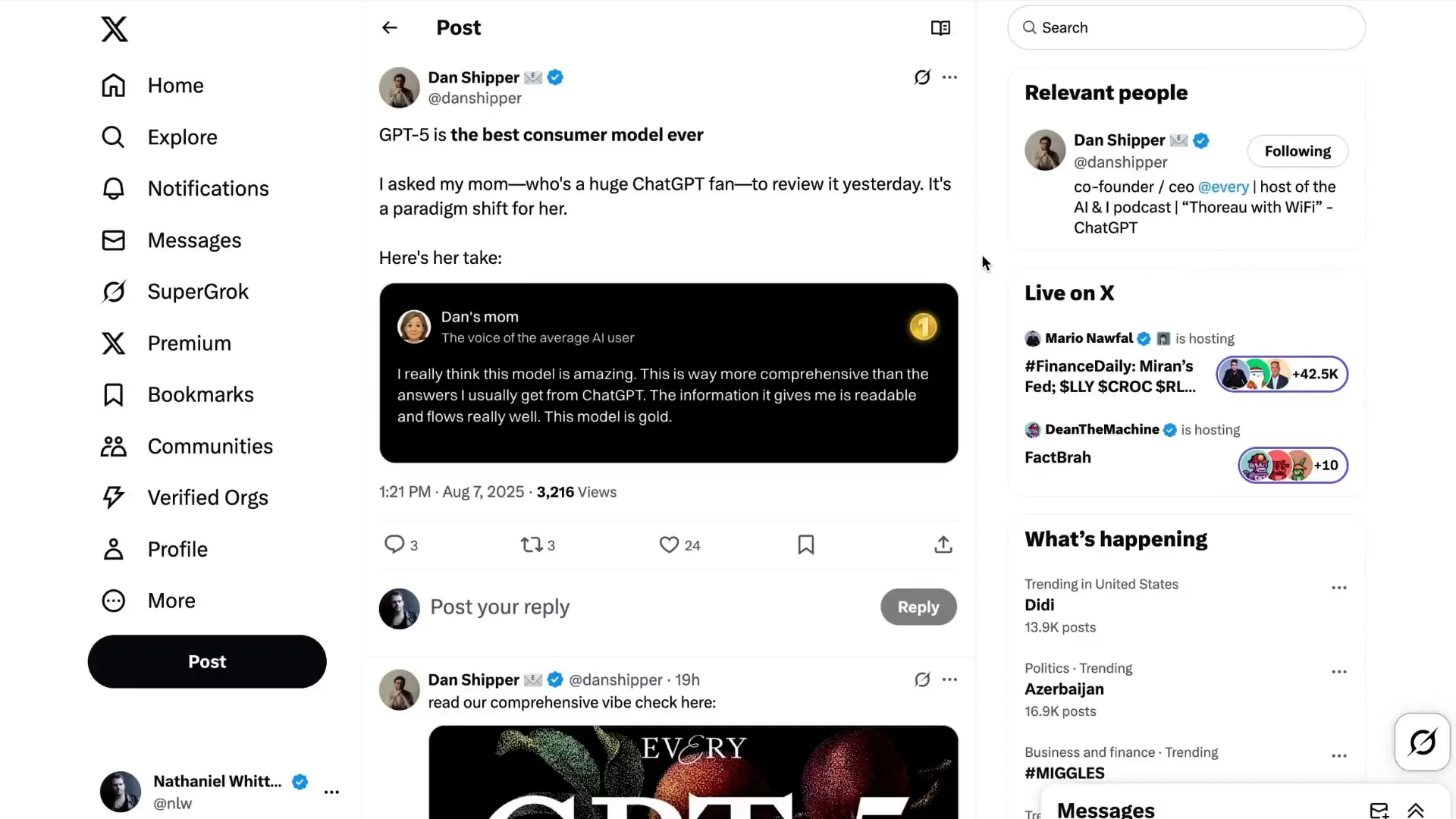
Signal, another AI commentator, pointed out that the elimination of “model roulette” is a boon for average users. By collapsing the meta-decision of which model to use, GPT-5 streamlines interactions and reduces cognitive load, allowing users to focus on their queries rather than technical choices.
“The no model roulette thing is actually bigger than most people, especially average people, will clock. It collapses the ultimate meta decision that usually burns mental bandwidth every time before you even start interacting.” – Signal
Victor Tallon, who initially approached the model with skepticism, doubled down on his positive review after further testing. He cited GPT-5’s ability to solve challenging debugging prompts and its creative prowess in designing detailed pixelated Game Boy-style games, feats he claims surpass any previous AI model experience.
Advanced Reasoning and Logic: A Game-Changer for Business Use Cases
One of the most exciting breakthroughs with GPT-5 lies in its enhanced reasoning and logical consistency. Aaron Levy from Box shared a compelling example involving a 23-page NVIDIA earnings call transcript. The transcript contained an internal inconsistency about gross margin guidance—something that previous state-of-the-art models like GPT-4 failed to detect.
GPT-5, including its smaller variants like Mini and Nano, quickly identified the inconsistency, showcasing a significant leap in the model’s ability to parse and reason over complex, lengthy enterprise data.
AI Agents For Recruiters, By Recruiters |
|
Supercharge Your Business |
| Learn More |
“The ability to apply more logic and reasoning to enterprise data becomes especially critical when deploying AI agents in the enterprise.” – Aaron Levy
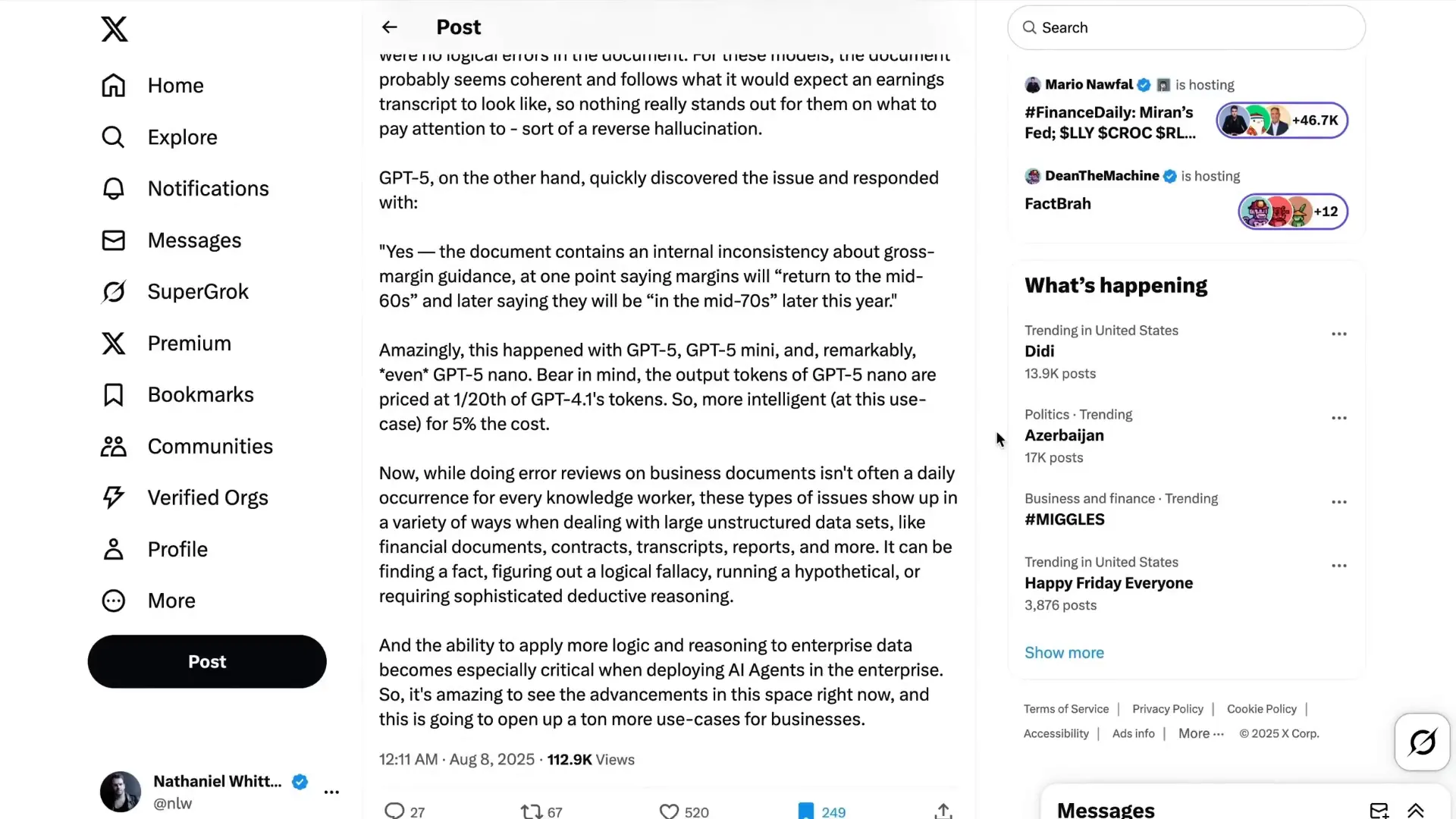
This advancement opens up a vast array of new use cases for AI in recruiting, finance, compliance, and other sectors where nuanced understanding and fact-checking are paramount. For recruiters, this could mean more accurate parsing of resumes, job descriptions, and candidate communications, ultimately improving candidate matching and hiring decisions.
Looking Ahead: The Future of GPT-5 and AI in Recruiting
It’s important to recognize that GPT-5 is still in its early days. As Flowerslop aptly noted, GPT-5 serves as a new general baseline rather than a hyper-optimized version like GPT-4o. The journey from GPT-4o to GPT-5 is not just a continuation but the start of a new chapter, promising future enhancements and features that will further refine AI’s capabilities.
Making GPT-5 free and widely accessible is a monumental step forward for humanity, as it democratizes access to cutting-edge AI and accelerates progress across industries.
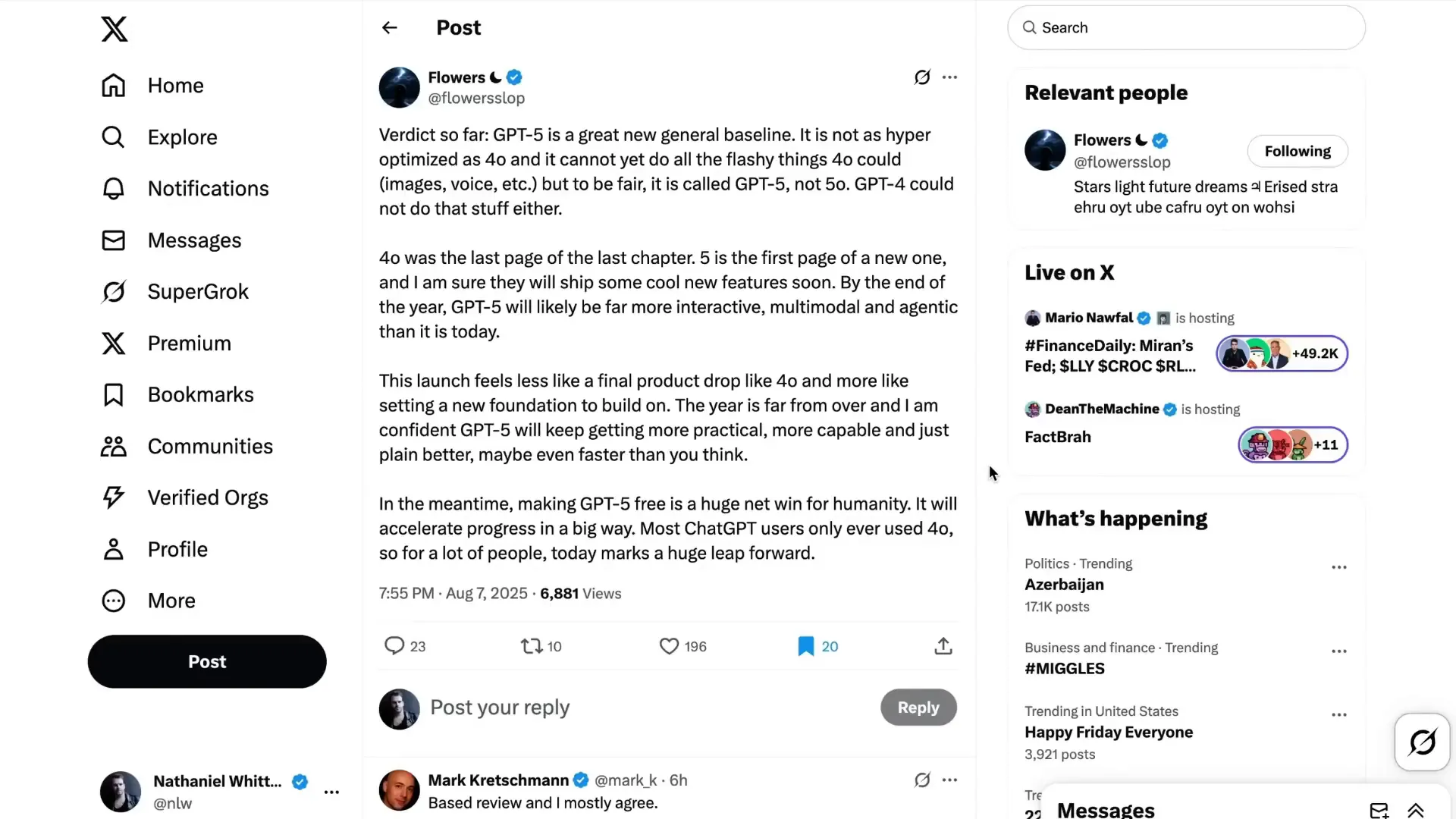
My own first experiments with GPT-5 have been encouraging. The model demonstrates stronger strategic thinking, a more comprehensive grasp of complex topics, and a robust performance even on difficult queries. Tyler Cowen, a respected economist and thinker, echoed this sentiment, praising GPT-5’s speed and improved handling of economics, history, and ideas.
One standout feature is GPT-5’s readiness to suggest logical next steps during conversations, an intuitive ability that enhances user engagement and productivity. Unlike previous models, which often hedged answers and avoided firm recommendations, GPT-5 offers confident decisions supported by clear reasoning.
“This model feels much more comfortable with actually providing decisions and logic to back them up.” – The AI Daily Brief
Balancing Expectations and Realities
Given the complex rollout and varied user experiences, it’s crucial to approach GPT-5 with a balanced perspective. Initial negative reactions often stem from adjustment pains and unmet expectations rather than fundamental flaws. With time, users will better understand the model’s strengths, limitations, and how to leverage its capabilities effectively.
For those involved in AI in recruiting, this means staying informed about how GPT-5’s advanced reasoning and contextual understanding can transform candidate evaluation, automate tedious tasks, and provide deeper insights during the hiring process. The model’s improvements in logic and instruction-following could be particularly beneficial in screening, interviewing, and even onboarding workflows.
Conclusion
GPT-5 marks a significant milestone in the evolution of AI, bringing a host of improvements in reasoning, writing quality, and user experience—albeit with some growing pains in transparency and accessibility. While some users are frustrated by the obfuscated model routing and tiered access to premium features, many others celebrate the model’s leaps in capability and its potential to revolutionize domains like AI in recruiting.
As we continue to explore and adopt GPT-5, it’s essential to give the technology time to mature, for users to acclimate, and for OpenAI to refine the user experience. The promise of GPT-5 lies not only in its raw power but in its ability to make AI more accessible, intelligent, and impactful for everyday people and businesses alike.
Whether you’re a casual user, a developer, or a recruiting professional, GPT-5 offers exciting opportunities to harness AI in new ways. By embracing its strengths and understanding its trade-offs, we can unlock a future where AI not only assists but elevates human decision-making and creativity.